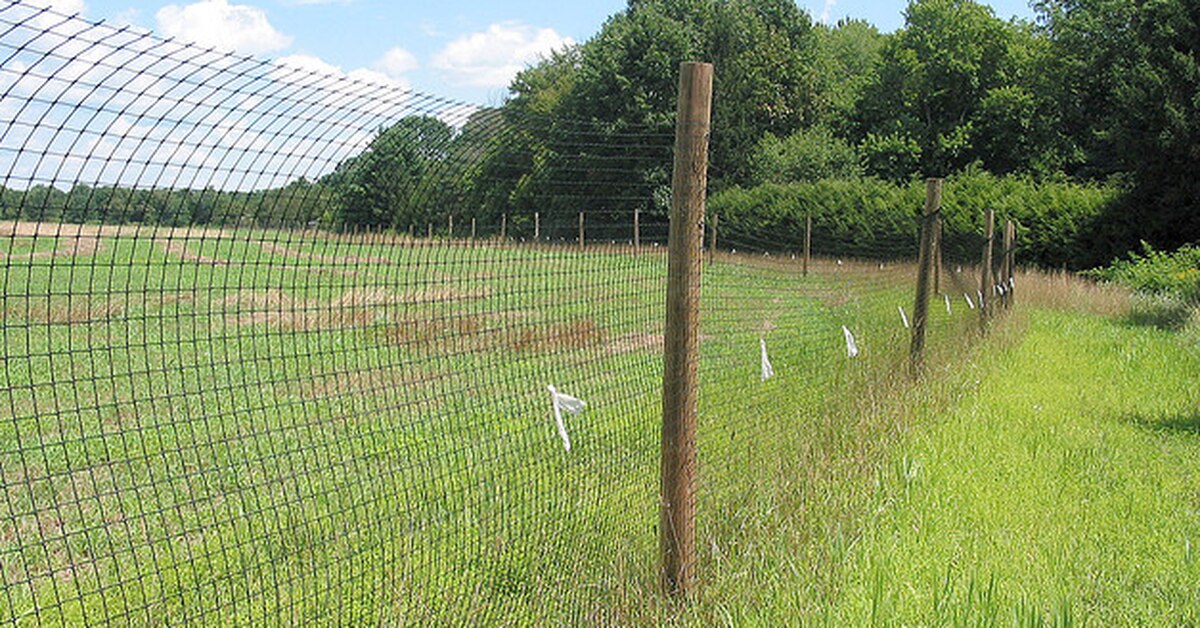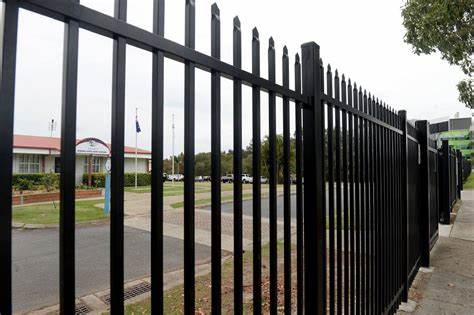One big question we still get in the vinyl fence industry is “Why should I buy vinyl, when it’s so much more expensive than wood?”.
The fact remains, that even if someone is convinced of the virtues of vinyl fence, it sometimes just comes down to money. We’re a bottom-line culture, so this is to be expected. So in this article I will leave the virtues of vinyl off the table, at least for the time being. We all know that’s the first hurdle to get over. I just want to concentrate on the pure economics of the issue. In some cases, that check you write to the fence company, or the materials supplier, or (God forbid) the home improvement box store is double for vinyl over wood.

There is one virtue of the vinyl fence that is most relevant to this issue, and you have to take it into consideration if you’re being realistic: lifetime warranty. Wood is a dying product. I don’t mean people are buying less wood (which is true), I mean that wood was once alive, when it was part of a tree. The day it got cut off from the tree, it became a dead product. Wood begins to rot the instant it leaves the forest. So at some point in the life of a wood fence, it needs replaced. Could it be 10 or 15 years down the road, long after you and your family have moved on from your home? Certainly it can, with a little work. Here’s where the economics might surprise you.
Let’s talk JUST about treating your fence, so it at least stays in a shape somewhat comparable to when the fence went in. Using a standard treatment, or stain, you’ll spend between $120-$180 for 5 gallons of stain, which will cover a typical 200′ of fence one time- on one side. Double that for both sides (I’ll assume you’re nice to your neighbors), and then figure you’ll need two coats, you’re spending approximately $600, or $3/lineal foot of fence just on treatment alone!
Add the cost of the sprayer for a weekend, and you’ve added another 50 cents per foot to your wood fence. It’s already looking like less of a bargain, and we haven’t even talked about the weekend you could spend in the house that you’re spending outside treating your fence and praying that you don’t kill your new flower garden with overspray.
That’s year one.
To keep that wood fence in reasonable shape, it needs to be stained at least once a year for the first three years, then you can relax to every other year after that. It doesn’t take much math to see that in 10 years you’ve spent close to $20/lineal foot just treating the wood fence, which you could have spent on the vinyl fence to start with and saved the hassle. On top of that, even with stain, wood is going to rot. Boards will warp, nails will work their way out, and after 10 years of all that spending and working, you still have a fence that looks 10 years old. The vinyl fence next door looks the same as the day it was put in, especially after a good power-washing.

So if the low price tag of the wood fence on the front end is enticing, do a little math and realize that to get the fence you want you’re going to have to spend the money anyhow, so consider the economics of a vinyl fence.
All in all, be it vinyl or wood, people always want the best samples at an affordable rate but you can’t get the best for cheap costs which is why wood is not much preferred unless if you’re looking for managing farm animals in which case you need to look for how to choose a fence for goats online.




